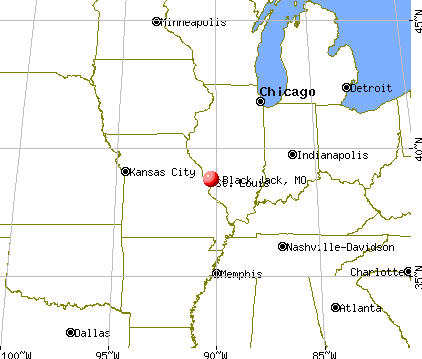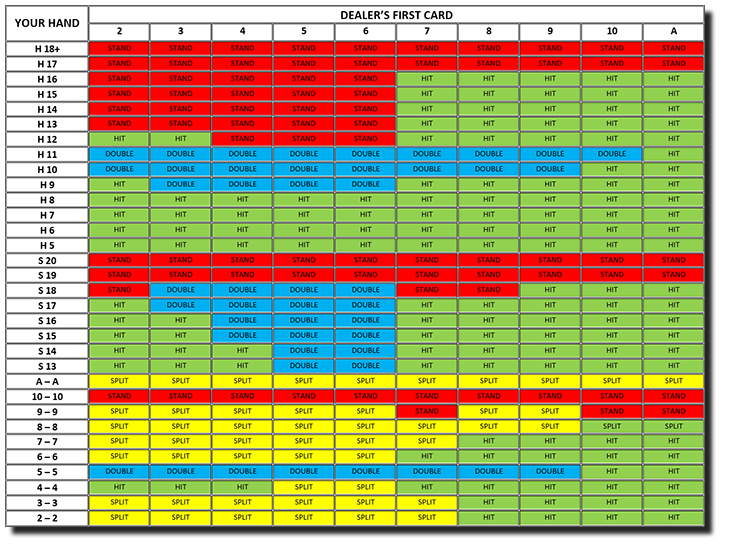Black Jack Mo Zip Code
(314) 355-2465WebsiteWhere Is Black Jack Mo
Search Black Jack, MO real estate for sale. View property details of the 35 homes for sale in Black Jack at a median listing price of $129,900. Mar 29, 2019 Full demographic report of Black Jack, MO population including education levels, household income, job market, ethnic makeup, and languages. Black Jack is a second-ring suburb of St. Louis, located in northern St. Louis County, Missouri, United States.The population was 6,929 at the 2010 census. A post office called Black Jack was established in 1872, and remained in operation until 1906.

| Coordinates: 38°47′27″N90°15′43″W / 38.79083°N 90.26194°WCoordinates: 38°47′27″N90°15′43″W / 38.79083°N 90.26194°W | |
| Country | United States |
|---|---|
| State | Missouri |
| County | St. Louis |
| Government | |
| • Mayor | Norman McCourt |
| Area | |
| • Total | 2.63 sq mi (6.81 km2) |
| • Land | 2.61 sq mi (6.75 km2) |
| • Water | 0.02 sq mi (0.05 km2) |
| Elevation | 600 ft (183 m) |
| Population | |
| • Total | 6,929 |
| • Estimate (2018)[3] | 6,935 |
| • Density | 2,657.08/sq mi (1,025.88/km2) |
| Time zone | UTC-6 (Central (CST)) |
| • Summer (DST) | UTC-5 (CDT) |
| ZIP code | |
| Area code(s) | 314 |
| FIPS code | 29-06004[4] |
| GNIS feature ID | 0755778[5] |
| Website | cityofblackjack.com |

Black Jack is a second-ring suburb of St. Louis, located in northern St. Louis County, Missouri, United States. The population was 6,929 at the 2010 census.[6]
A post office called Black Jack was established in 1872, and remained in operation until 1906.[7] The community was named for a grove of blackjack oak trees near the original town site.[8]
- 2Demographics
Geography[edit]
Black Jack is located at 38°47′27″N90°15′43″W / 38.79083°N 90.26194°W (38.790799, −90.261885).[9]

According to the United States Census Bureau, the city has a total area of 2.60 square miles (6.73 km2), of which 2.59 square miles (6.71 km2) is land and 0.01 square miles (0.03 km2) is water.[10]
Demographics[edit]
| Historical population | |||
|---|---|---|---|
| Census | Pop. | %± | |
| 1970 | 4,145 | — | |
| 1980 | 5,293 | 27.7% | |
| 1990 | 6,131 | 15.8% | |
| 2000 | 6,792 | 10.8% | |
| 2010 | 6,929 | 2.0% | |
| Est. 2018 | 6,935 | [3] | 0.1% |
| City of Black Jack | |||
2010 census[edit]
As of the census[2] of 2010, there were 6,929 people, 2,591 households, and 1,797 families living in the city. The population density was 2,675.3 inhabitants per square mile (1,032.9/km2). There were 2,809 housing units at an average density of 1,084.6 per square mile (418.8/km2). The racial makeup of the city was 16.3% White, 81.2% African American, 0.1% Native American, 0.4% Asian, 0.2% from other races, and 1.8% from two or more races. Hispanic or Latino of any race were 0.7% of the population.
There were 2,591 households of which 35.5% had children under the age of 18 living with them, 42.6% were married couples living together, 21.4% had a female householder with no husband present, 5.3% had a male householder with no wife present, and 30.6% were non-families. 27.2% of all households were made up of individuals and 10.6% had someone living alone who was 65 years of age or older. The average household size was 2.58 and the average family size was 3.13.
The median age in the city was 40.9 years. 23.4% of residents were under the age of 18; 9.5% were between the ages of 18 and 24; 22% were from 25 to 44; 29.1% were from 45 to 64; and 16.1% were 65 years of age or older. The gender makeup of the city was 44.9% male and 55.1% female.
Bellefontaine Neighbors Mo
2000 census[edit]
As of the census[4] of 2000, there were 6,792 people, 2,422 households, and 1,789 families living in the city. The population density was 2,553.3 people per square mile (985.9/km²). There were 2,587 housing units at an average density of 972.5 per square mile (375.5/km²). The racial makeup of the city was 26.31% White, 71.32% African American, 0.13% Native American, 0.35% Asian, 0.01% Pacific Islander, 0.35% from other races, and 1.52% from two or more races. Hispanic or Latino of any race were 0.66% of the population.
There were 2,422 households out of which 36.6% had children under the age of 18 living with them, 52.1% were married couples living together, 18.3% had a female householder with no husband present, and 26.1% were non-families. 23.2% of all households were made up of individuals and 8.2% had someone living alone who was 65 years of age or older. The average household size was 2.70 and the average family size was 3.20.
In the city, the population was spread out with 27.3% under the age of 18, 8.0% from 18 to 24, 27.1% from 25 to 44, 24.3% from 45 to 64, and 13.2% who were 65 years of age or older. The median age was 37 years. For every 100 females, there were 79.6 males. For every 100 females age 18 and over, there were 75.0 males.
The median income for a household in the city was $51,806, and the median income for a family was $63,324. Males had a median income of $41,969 versus $30,930 for females. The per capita income for the city was $22,705. About 2.8% of families and 4.7% of the population were below the poverty line, including 5.2% of those under age 18 and 6.9% of those age 65 or over.
Family controversy[edit]
In May 2006, the Black Jack city government made a controversial decision to remove an unmarried couple and their children from their own home on the grounds that the couple was not related enough to each other to satisfy a municipal ordinance. For the purpose of obtaining an occupancy permit, Black Jack defined a family as:
- An individual; or
- Two (2) or more persons related by blood, marriage or adoption; or
- A group of not more than three (3) persons who need not be related by blood, marriage or adoption.
Therefore, an unmarried couple with one child would qualify as a family, whereas an unmarried couple with multiple children would not.
On August 10, 2006, the ACLU of Eastern Missouri filed a lawsuit against the city, claiming violation of due process and equal protection, and violation of housing laws. On August 15 the Black Jack city council unanimously passed a resolution changing the definition of family to include an unmarried couple and their children.[11]
References[edit]
- ^'2017 U.S. Gazetteer Files'. United States Census Bureau. Retrieved Jan 10, 2019.
- ^ ab'American FactFinder'. United States Census Bureau. Retrieved 2012-07-08.
- ^ abhttps://www.census.gov/quickfacts/fact/table/blackjackcitymissouri/PST045218
- ^ ab'American FactFinder'. United States Census Bureau. Archived from the original on 2013-09-11. Retrieved 2008-01-31.
- ^'US Board on Geographic Names'. United States Geological Survey. 2007-10-25. Retrieved 2008-01-31.
- ^'Race, Hispanic or Latino, Age, and Housing Occupancy: 2010 Census Redistricting Data (Public Law 94-171) Summary File (QT-PL), Black Jack city, Missouri'. U.S. Census Bureau, American FactFinder 2. Archived from the original on September 11, 2013. Retrieved October 18, 2011.
- ^'Post Offices'. Jim Forte Postal History. Retrieved 22 December 2016.
- ^'St. Louis County Place Names, 1928–1945'. The State Historical Society of Missouri. Archived from the original on June 24, 2016. Retrieved December 22, 2016.
- ^'US Gazetteer files: 2010, 2000, and 1990'. United States Census Bureau. 2011-02-12. Retrieved 2011-04-23.
- ^'US Gazetteer files 2010'. United States Census Bureau. Archived from the original on 2012-01-25. Retrieved 2012-07-08.
- ^ACLU of Eastern Missouri, Press ReleaseArchived 2006-10-02 at the Wayback Machine, Complaint to cityArchived 2006-10-02 at the Wayback Machine (PDF), and Petition to courtArchived 2006-10-02 at the Wayback Machine (PDF)